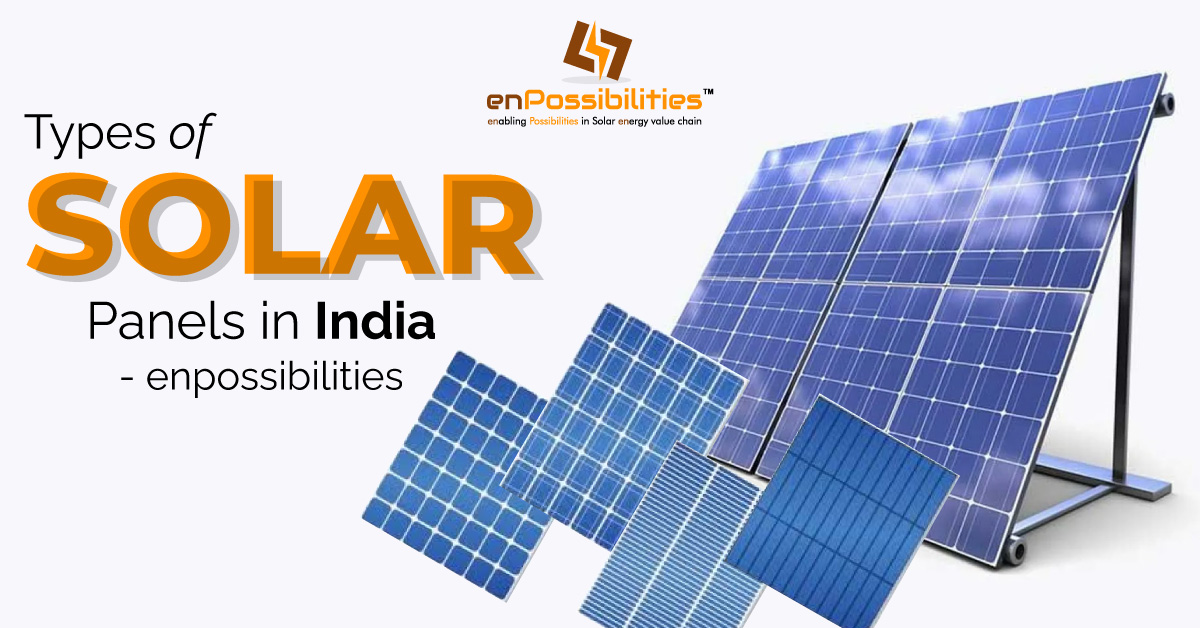Solar Panel – To convert the “photons” of energy in sunlight into electricity that may be utilised for electrical power loads, solar panels (also known as “PV panels”) are used.
There is a diverse array of applications for satvik solar panel in India, such as remote power systems for cabins, telecommunications equipment, remote sensing, and, of course, making electricity for home and business solar electric systems.
Different kinds of solar Panels
There are four main types of solar panels, which are:
Monocrystalline Solar Panels
Single crystal panels are another name for monocrystalline panels. They are made from pure silicon crystal that is cut into wafers. Each cell is made up of four wafers. The fact that these wafers are cut into an octagonal shape gives them a unique look and a uniform colour. They are easy to spot because they are made of pure silicon and are black or dark blue.
Half Cut cells are a type of technology used in monocrystalline solar panels. The square cells have been cut in half, making twice as many. All of the cells in the top half of the panel are connected in one series, and all of the cells in the bottom half are connected in a different sequence. This lets the panel make electricity in the top half, even if the bottom half is in the shade. So, the total power made by half-cut cells in installations with partial shadow problems is higher.
Monocrystalline solar panels have this feature:
- The conversion efficiency of monocrystalline solar panels is higher, which means they make more kW/hour of electricity. Because they are made of a single silicon crystal, there is more room for the electrons to move.
- The monocrystalline panels have a higher heat resistance than other panels. This means that heat doesn’t affect how much electricity they can make; they make more electricity at higher temperatures.
- The monocrystalline panels are more expensive than others because making single-crystal panels is more complicated.
Solar panels with many crystals
Several silicon crystals come together to form a polycrystalline solar panel. Pieces of silicon are melted and poured into square moulds to make them. After these crystals have cooled, they are cut into thin wafers and put together to create a polycrystalline solar panel. These panels are also called “multi-crystalline.”
Polycrystalline solar panels have these features:
Compared to monocrystalline solar panels, polycrystalline panels perform poorly because they are made of multiple silicon crystals, making it hard for electrons to move. Ja solar panels in India can be identified by their square shape and bright blue colour with straight edges. They are also cheaper than monocrystalline solar panels because they are easier to make, and less silicon is wasted during the process.
Solar Panels with a Passivated Emitter and a Rear Cell (PERC)
PERC solar panels are made with advanced technology. They are also called “rear cells.” To do this, a layer is added to the back of the solar cells. Traditional solar panels can only absorb some of the sun’s light, and some go through them. Because PERC panels have an extra layer, the sunlight that isn’t absorbed can be removed from the back of the panels, making them even more efficient.
To this day, the most powerful solar panels on the market are Mono-PERC panels, which combine PERC technology with Monocrystalline cells for maximum efficiency.
Solar panels with a Passivated Emitter and Rear Cell (PERC) have these parts:
- These solar panels work better than traditional ones because they soak up more sunlight.
- There is an extra layer on the back of the panels that send the light that wasn’t absorbed back to the solar cells so that they can take in more light.
Solar panels with a thin film
Thin-film solar panels are made with photovoltaic materials like Amorphous silicon (a-Si), copper indium gallium selenide (CIGS), and cadmium telluride instead of monocrystalline or polycrystalline materials (CdTe). These things are put on a solid surface like glass, metal, or plastic, which makes them lighter and easier to put together.
Thin-film solar panels are easier to instal because they are lighter and more flexible than traditional silicon panels. However, they are less efficient than silicon crystalline panels. However, they have less carbon footprint and are cheaper than other panels. These panels work best on large rooftops or places with many open spaces.
Since each of these solar panels is different and works in another way, you should always ask for help to figure out which type of solar panel is best for your needs and where you live. To get the most out of your solar panel installation, choosing the right solar panel dealership in India is essential. One of the best solar companies in India, enPossibilities helps you make the right choice.

